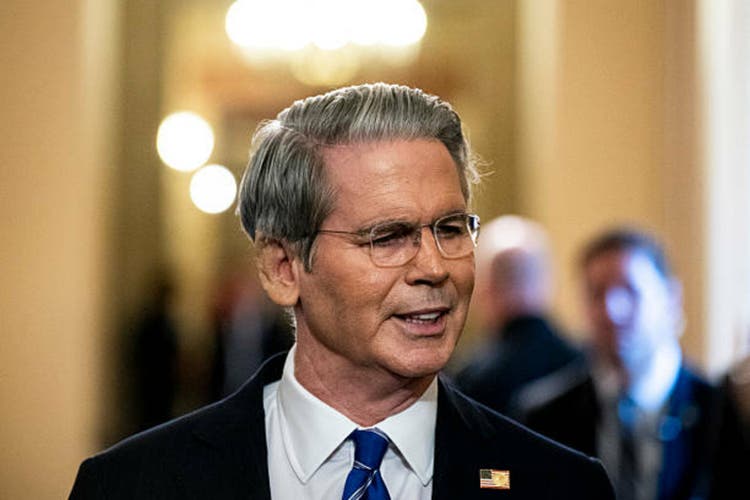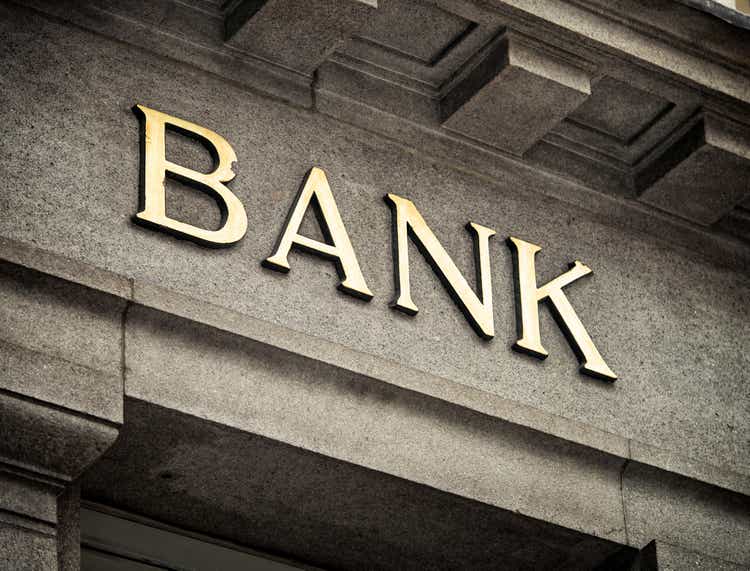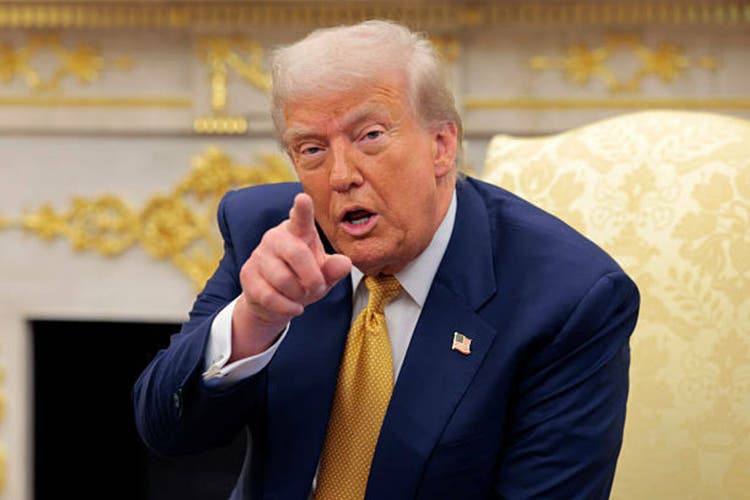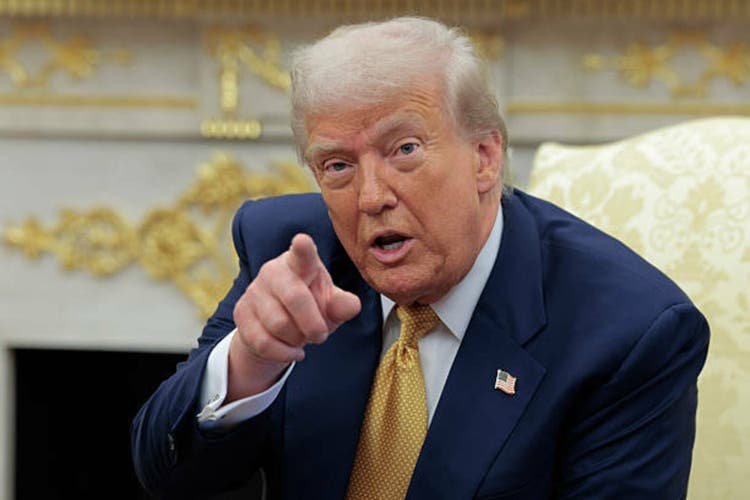India's economy will be the third largest in the world by 2028 and its size will double to $10.6 trillion by 2035, a Morgan Stanley report said on Wednesday. The report estimates that this forecast includes the possibility that three to five states (Maharashtra, Tamil Nadu, Gujarat, Uttar Pradesh and Karnataka) will have economies worth around $1 trillion, and be among the top 20 global economies, between 2030 and 2035.
"Based on the latest data, the top three states are Maharashtra, Gujarat and Telangana. The states showing significant improvement in ranks over the past five years are Chhattisgarh, Uttar Pradesh and Madhya Pradesh,” the report noted.
India will drive a fifth of global growth in the coming decade and will become essential to revenue growth for many multinational companies.
“To secure this outcome, among other things, the role of India's 28 states and eight Union Territories is critical. States not only play a pivotal role in fiscal management but also compete for investments by creating suitable policies and incentives, easing business conditions (ultimately, a business or factory is set up in a particular state),” said economists from the global financial institution.
They have independent political circles with varying mandates that can influence development positively or negatively and are empowered by law to control the factors of production.
“The success of India's competitive federalism will help decide whether she becomes a factory to the world, doubling her per capita income in the coming seven years – and whether the stock market continues its strong performance,” the report emphasised.
States are economically important as India will become a $10.6 trillion economy by 2035 and they have substantial political and legislative powers. Their policy frameworks are capable of influencing India's rise as a global manufacturing hub.
There have been concerted efforts to develop physical infrastructure over the past decade – the central government has doubled its capital expenditure from 1.6 per cent of GDP in FY15 to 3.2 per cent of GDP in FY25. This has led to significant growth in infrastructure in the states.
“Highways rose 60 per cent, airports doubled, and metro network quadrupled. Infrastructure programmes spearheaded by the Central government -- such as PM Gati Shakti, the National Infrastructure Pipeline, Bharatmala, Sagar Mala, and UDAN -- have been promulgated alongside state-specific initiatives,” said the report.
States collaborate with the Centre on these projects and play a key role in planning and implementation. In addition, state governments are also responsible for investments in sectors related to power, water and urban development, it said.
With the inputs of IANS

 7 hours ago
1
7 hours ago
1


















 English (US) ·
English (US) ·